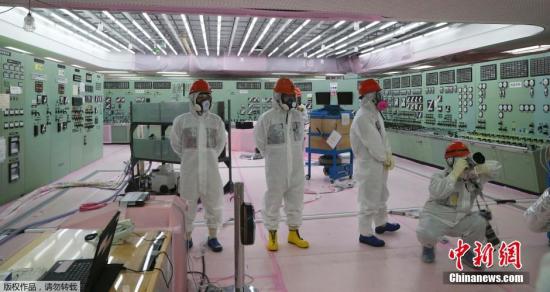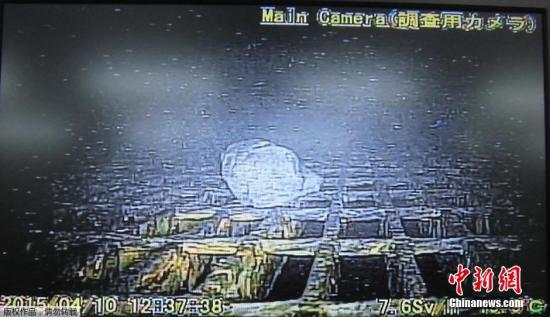April 11 According to a report by Kyodo News Agency of Japan on the 10th, Tokyo Electric Power Company revealed that about 4,000 of the containers containing waste and rubble in the Fukushima Daiichi nuclear power plant could not grasp the details of the contents of the containers. TEPG said it would formulate an inspection plan and carry out an investigation in the future, but the person in charge explained: “Some of them take some time to grasp the contents, while others are difficult to confirm.”
It is reported that in March, a gel-like block with high radiation was found on the surface of the container area at the Fukushima Daiichi nuclear power plant, which may have been leaked from corroded containers. Criticisms of T.D.’s hasty management have soared.
According to TLP, there are about 85,000 containers, including about 47,000 containers containing combustible debris, about 31,000 containers containing used protective clothing, and about 7,000 containers containing non-flammable debris. It is said that about 4,000 of them contain containers of non-flammable debris, “unable to grasp the period and contents”.
After December 2017, TEM used the database to manage container information. About 4,000 of the problems were before, and between April 2012 and November 2017, there were documents documenting the contents, but did not write the container number, etc. Shortly after the accident, between March 2011 and March 2012, there was no record of even contents.
It is reported that the container has finalized the placement area according to the radiation of the contents. Of the about 4,000 problem containers, about 350 are 1-3 mH per hour, and about 3,000 are 0.1-1 mH, etc.

The person in charge of TOWE said: “We patrol regularly, and the possibility of leakage is very low. Because of the hidden concern that the contents will fly and the operator will be exposed to radiation, it is not clear to what extent the contents can be confirmed.”
In addition to the above-mentioned containers, four containers with unknown origin were found outside the storage area. The surface radiation is 1.5 milliah per hour, and there is corrosion in the lower part. It may be waste before the accident, and TEC will investigate whether other containers exist.



